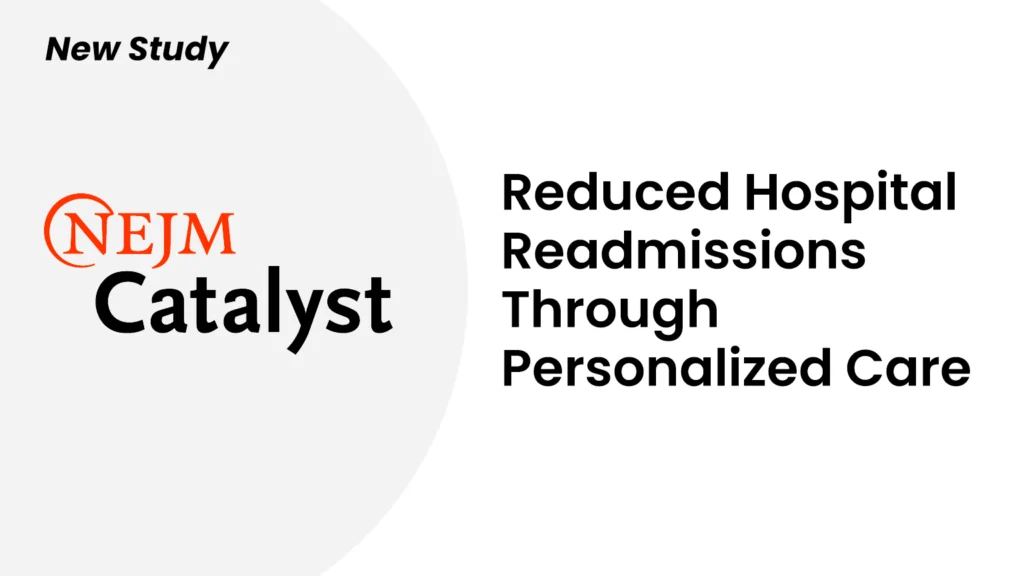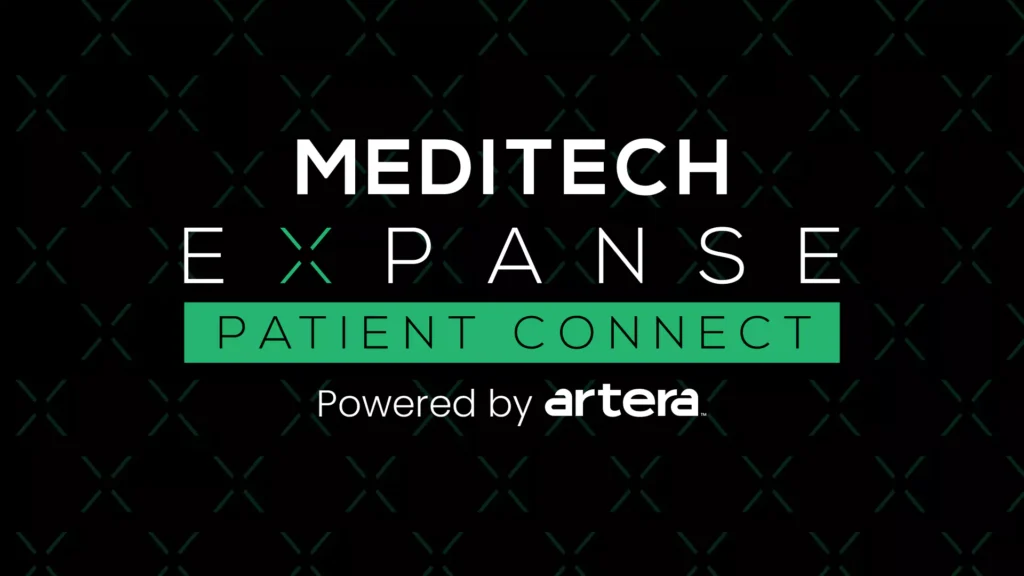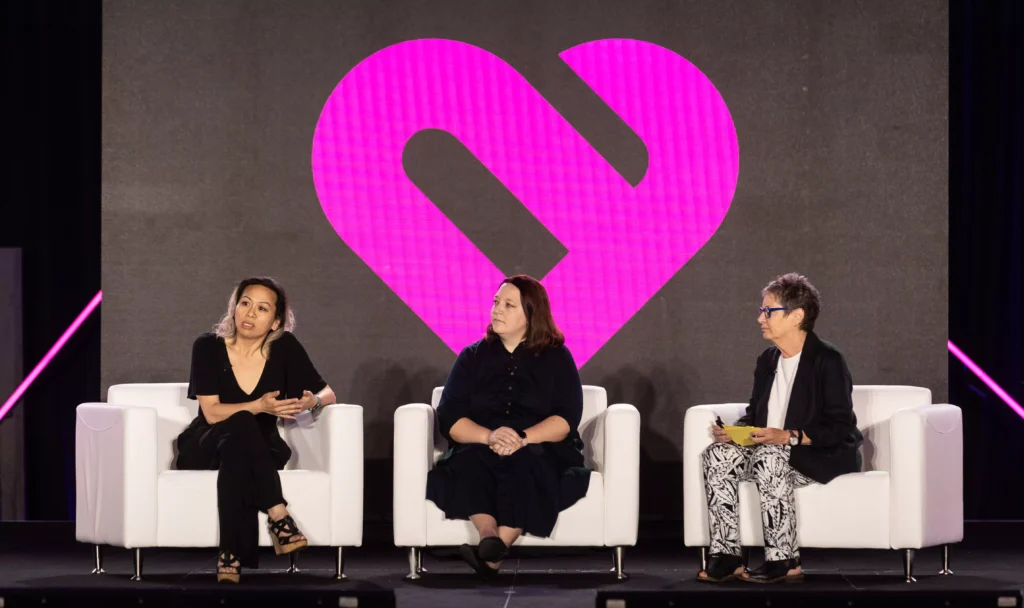Kheir Clinic is a Federally Qualified Health Center (FQHC) located in Los Angeles’ Koreatown district and is the only FQHC that provides health services in five languages: Korean, Spanish, Thai, Bengali, and English. Prior to using WELL™ Health, Kheir’s patient outreach consisted of phone calls, mailers, and some local media. But since there are few traditional local media outlets for Thai and Bengali speakers, using WELL for texting proved to be an effective tool for multilingual patient communication and outreach with Kheir’s diverse patient population.
Many of Kheir’s 18,000 patients are Medi-Cal recipients and undocumented immigrants, and for most, English is not their first language. The WELL Health platform’s ability to support 19 different languages is essential to the clinic’s multilingual patient communication needs which include appointment reminders, patient surveys, and campaigns. “We set up campaigns for English, Spanish, and Korean languages since all of the translations are already in WELL,” said Samantha McKee, Lead Analyst, Business Intelligence & Quality Improvement.
Multilingual patient communication helps overcome language barriers during a pandemic
When COVID-19 vaccines first became available in Los Angeles, the supply was very scarce with demand far exceeding what was available. FQHCs such as Kheir only received a limited allocation of vaccine doses per week from The Los Angeles County Department of Public Health. Each clinic had to first prove that they could administer vaccines to hard-to-reach populations before the County would allocate more doses to them.
McKee and Shawn Werve, Vice President of Operations needed to first figure out how to distribute vaccines in a way that was linguistically and culturally sensitive. They recognized that their patients’ best resource for vaccine education came from trusted community health centers like Kheir since many of their patients did not have access to accurate vaccine information or appointments in their native language. In addition to addressing the language barriers, Kheir had to calm the concerns of their underserved patients such as lack of insurance, risks for undocumented immigrants, overall vaccine hesitancy, or lack of financial ability to pay.
It was McKee’s idea to use WELL to send COVID-19 vaccine communication since patients were already accustomed to receiving text messages from the clinic. Using criteria for who was first eligible for the vaccine, McKee was able to segment that patient population in their EHR. She then used the WELL™ broadcast feature to send customized messages about vaccine appointments with an embedded link in three different languages; patients could click on the link which led to the Los Angeles County site to schedule vaccinations. For Bengali and Thai speakers, Kheir used WELL to send texts if the patient’s EHR record listed a preferred language supported by WELL.
WELL enables Kheir to streamline second dose efforts
The digital technology that Los Angeles County implemented for vaccine sign-ups was often a challenge for less internet-savvy, older, or non-English speaking individuals. It involved several steps, required an email address, and was available initially only in English and Spanish. The WELL broadcast feature enabled Kheir to send instructions about sign-up requirements so patients could prepare to work with a translator or use a friend or family member’s email. Werve commented, “Although technology can sometimes seem like a barrier for some people, especially in underserved areas, in this case, we were able to leverage WELL to get a good result.”
Texting in their preferred language was also a reliable way to remind patients to schedule their second dose. Kheir staff heard reports that second dose registration at other vaccine sites was confusing but patients didn’t experience issues at Kheir. Werve said, “WELL really streamlined the process for us to be able to reach a large community easily.”
Kheir becomes a vaccination destination
Due to Kheir’s success in vaccinating their community, LA County increased its vaccine allocation rapidly. Werve said, “Our clinic got a quick start on vaccinations because we jumped on board with text outreach quickly.” Kheir made a conscious decision to make vaccinations a positive and fun experience. The clinic also hosted vaccination events with community partners and local churches to make shots available to as many people in the service area as possible. Five different times, Kheir vaccinated over 1,000 people in a single day, and during their largest vaccination event, Kheir administered 1,644 doses!
Word of mouth soon spread about the Kheir Friday vaccine events, and the clinic became a go-to vaccine destination. The entire staff of restaurants would come in the afternoon before their shifts started, all wearing the same T-shirts. Werve said, “The people who we serve, these are working people. They’ve been there for us during the pandemic. We wanted to be there for them. We had dance-offs; we congratulated everyone who got vaccinated, and tried to make the experience joyful.”
Using WELL to take care of families and communities
Kheir plans on using WELL™ for more multilingual patient communication and community outreach in the future, especially for wellness exam campaigns and preventative care screenings. Werve notes that regular screenings and routine clinic visits are critical for maintaining overall health, but it has always been challenging to persuade patients to schedule visits for preventative care. Werve said, “I’m hoping that our vaccination experience kickstarts something so that people will respond and realize that text outreach provides valuable information.”
Kheir is also using WELL to contact existing patients and first-time visitors who came for vaccinations to encourage them and their families to return for care so they can be proactive, rather than reactive to their healthcare needs. As Werve explains, “We are a community-based clinic and this is all about taking care of families. If you take care of families, you take care of the community. That’s the hope.” ♥
To read the entire Kheir Clinic Case Study, download it here.



